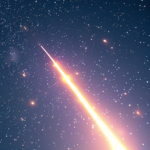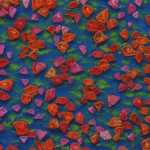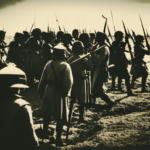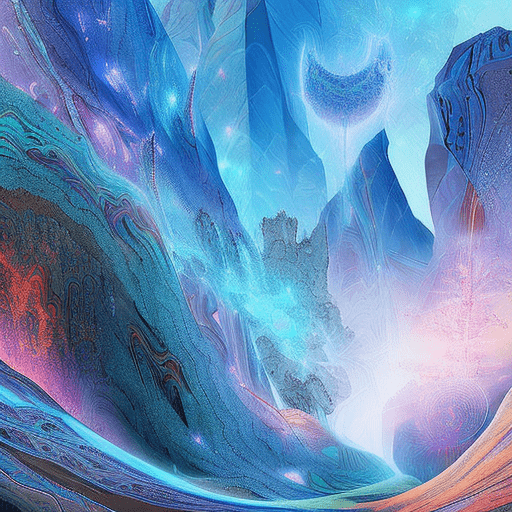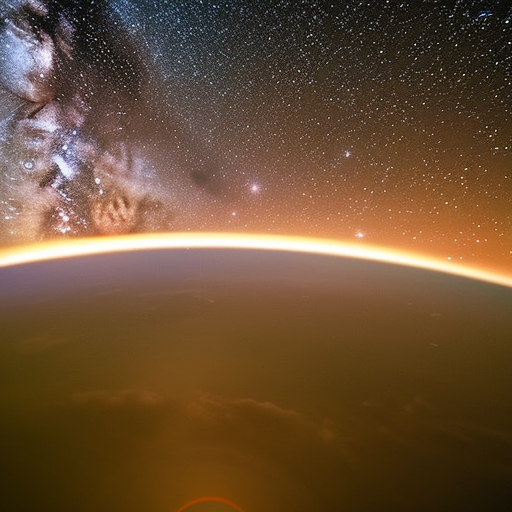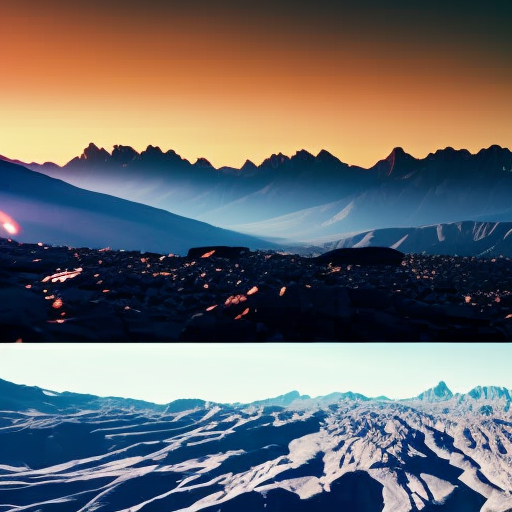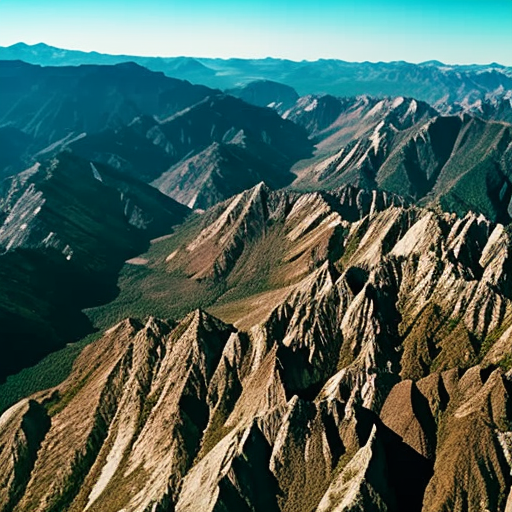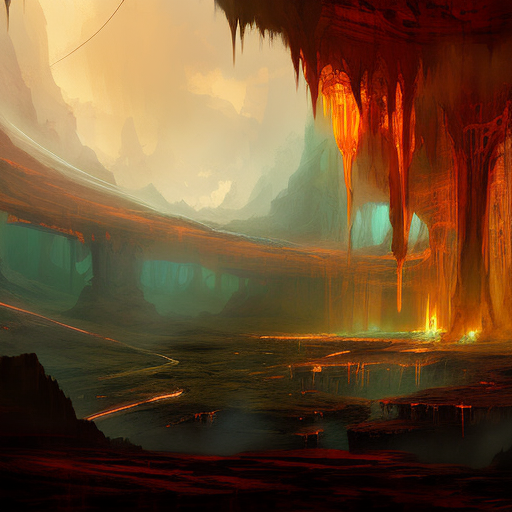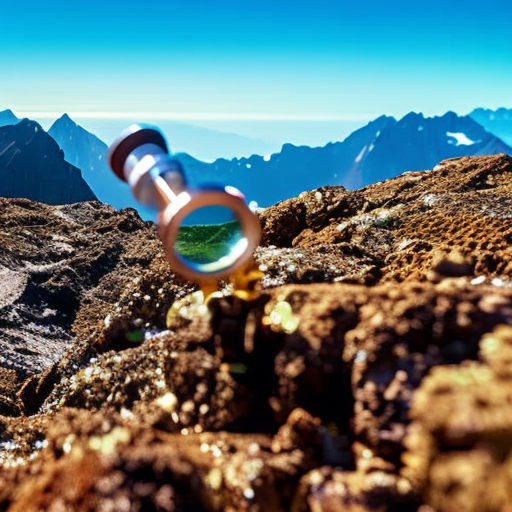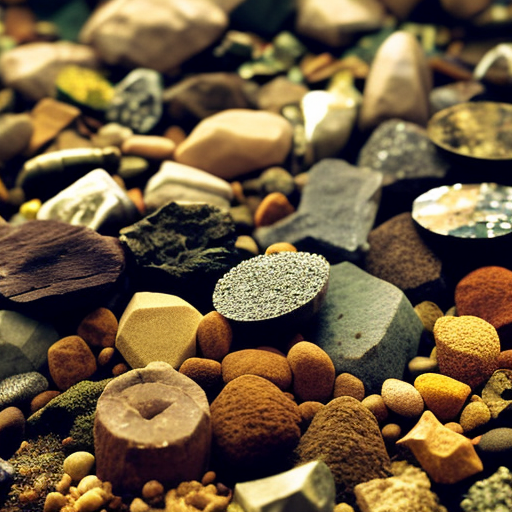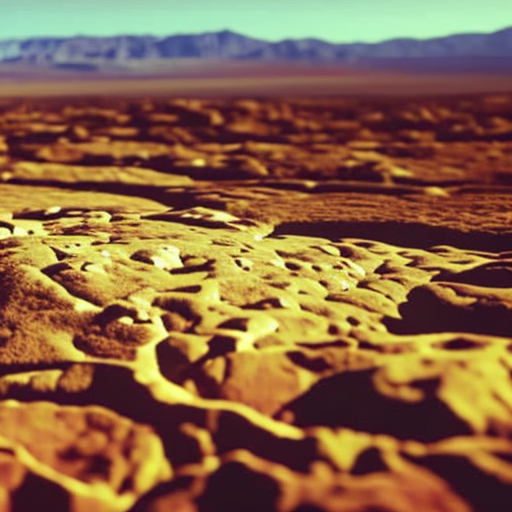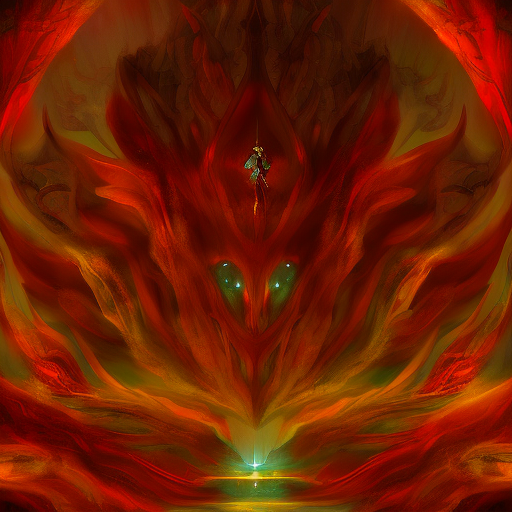The Map That Changed the World” by Simon Winchester tells the captivating story of William Smith and his groundbreaking geological map that revolutionized the field of geology.
Planetary Science Explained
Planetary science is the study of planets, moons, and other celestial bodies in our solar system and beyond.
Plate Tectonics Explained
Plate tectonics is the scientific theory that explains the movement and interaction of Earth’s lithospheric plates, shaping the planet’s surface and causing geological phenomena.
Geology Explained
Geology is the study of the Earth’s structure, history, and processes, including rocks, minerals, and natural resources.
Journey to the Center of the Earth Summary
‘Journey to the Center of the Earth’ by Jules Verne follows the adventures of a professor and his nephew as they embark on a perilous expedition to the depths of the Earth.
Mineralogy Explained
Mineralogy is the study of minerals and their properties, formation, and identification.
Fossil Record Studies Explained
Fossil record studies provide insights into the history and evolution of life on Earth.
Geological Mapping Explained
Geological mapping is the process of creating detailed visual representations of the Earth’s surface and subsurface to understand its geological features and resources.
Mineral Exploration Explained
Mineral exploration involves the search and discovery of valuable minerals in the Earth’s crust.
Petrology Explained
Petrology is the study of rocks and their formation, composition, and classification.
Rock Formations Explained
Rock formations refer to the natural geological structures and patterns created by the processes of erosion, weathering, and deposition over millions of years.
Remarkable Creatures Summary
Remarkable Creatures” by Tracy Chevalier is a historical fiction novel that explores the lives of two extraordinary women who challenge the conventions of their time through their discoveries in the field of paleontology.


